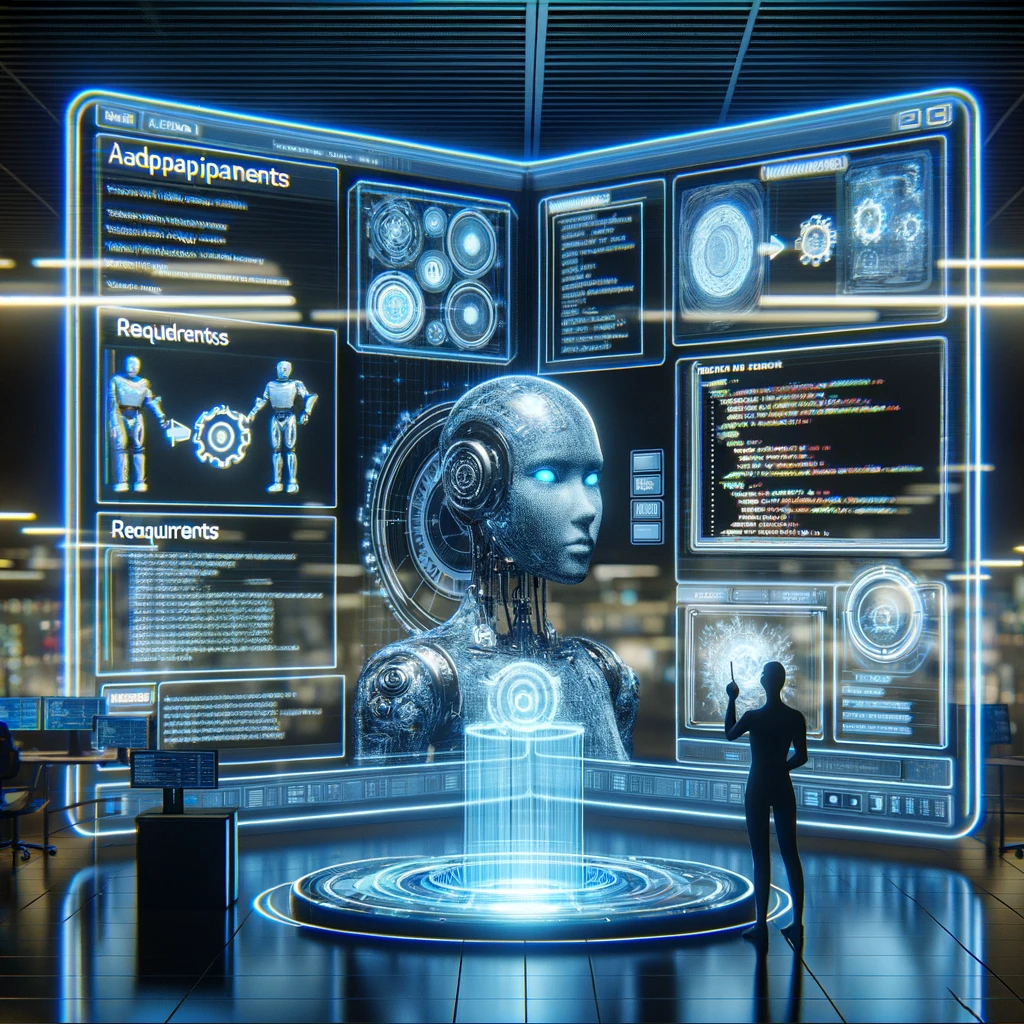Table of Contents
- Introduction: When I set out to create my requirements, I knew it wouldn’t be easy.
- The Emergence of AI in Requirements Gathering
- How AI Transforms Requirement Specification
- Case Study: My Experience with AI-Driven Requirements and Code Generation
- Comparing AI with Traditional Methods
- The Future of AI in Application Development
- Conclusion
- FAQs
Introduction
In the ever-evolving landscape of software development, the entry of Artificial Intelligence (AI) has been a game-changer. Recently, I embarked on a journey where AI helped me not only gather and specify the requirements for my application but also generate the initial code. This experience opened my eyes to the revolutionary impact AI can have on the development process.
The Emergence of AI in Requirements Gathering
AI’s role in requirements gathering is transformative. Traditionally, this phase involved extensive human interaction and communication, often leading to misunderstandings and ambiguities. AI, with its ability to process natural language and extract meaning, brings precision and clarity to this process.
How AI Transforms Requirement Specification
The AI I used employed advanced algorithms to analyze my inputs – a mix of spoken words, written notes, and conceptual diagrams. It comprehensively understood the application’s purpose, target audience, and desired functionalities, translating these into a well-structured requirements document.
Case Study: My Experience with AI-Driven Requirements and Code Generation
For my project, an e-commerce application, the AI analyzed market trends, customer behavior, and similar applications. It not only drafted a detailed requirement specification but also generated foundational code, providing a solid start to the development process.
Comparing AI with Traditional Methods
Compared to traditional methods, AI stands out for its efficiency, accuracy, and speed. Tools like Jira or manual methods typically involve iterative discussions and revisions. AI, in contrast, offers a more streamlined, dynamic, and interactive approach.
The Future of AI in Application Development
The future of AI in application development looks promising. With continual advancements in AI technology, we can expect more sophisticated and intuitive AI systems that can handle complex development tasks, potentially revolutionizing the industry.
Conclusion
AI’s role in requirements gathering and code generation is not just a futuristic concept; it’s a present reality. It enhances the efficiency, reduces the time and cost, and improves the quality of the development process. AI is undoubtedly setting a new standard in software development.
Integrating AI into the application development lifecycle, especially in requirements gathering and initial coding, marks a significant leap toward more efficient, effective, and innovative software development practices. As AI continues to evolve, its role in shaping the future of software development is unquestionably significant, promising a new era of possibilities in the tech world.
FAQs
- How accurate is AI in understanding requirements? AI’s accuracy continually improves with advancements in natural language processing and machine learning. It can effectively interpret and translate requirements, though complex or nuanced inputs may still require human clarification.
- Can AI replace human developers? Currently, AI is a tool to assist and augment the development process, not replace it. It streamlines certain aspects but requires human oversight, particularly for complex decision-making and creative design.
- Is AI in software development cost-effective? Yes, AI can be highly cost-effective. It reduces the time spent on requirement gathering and initial coding, which can significantly cut down overall project costs.
- Can AI handle changes in project requirements? AI systems are increasingly capable of adapting to changes. They can re-evaluate requirements and adjust the development process accordingly, though major changes might still need human intervention.
- How can teams prepare to integrate AI into their development process? Teams should familiarize themselves with AI tools and platforms, stay updated on AI advancements, and consider training to integrate AI into their workflow effectively.





